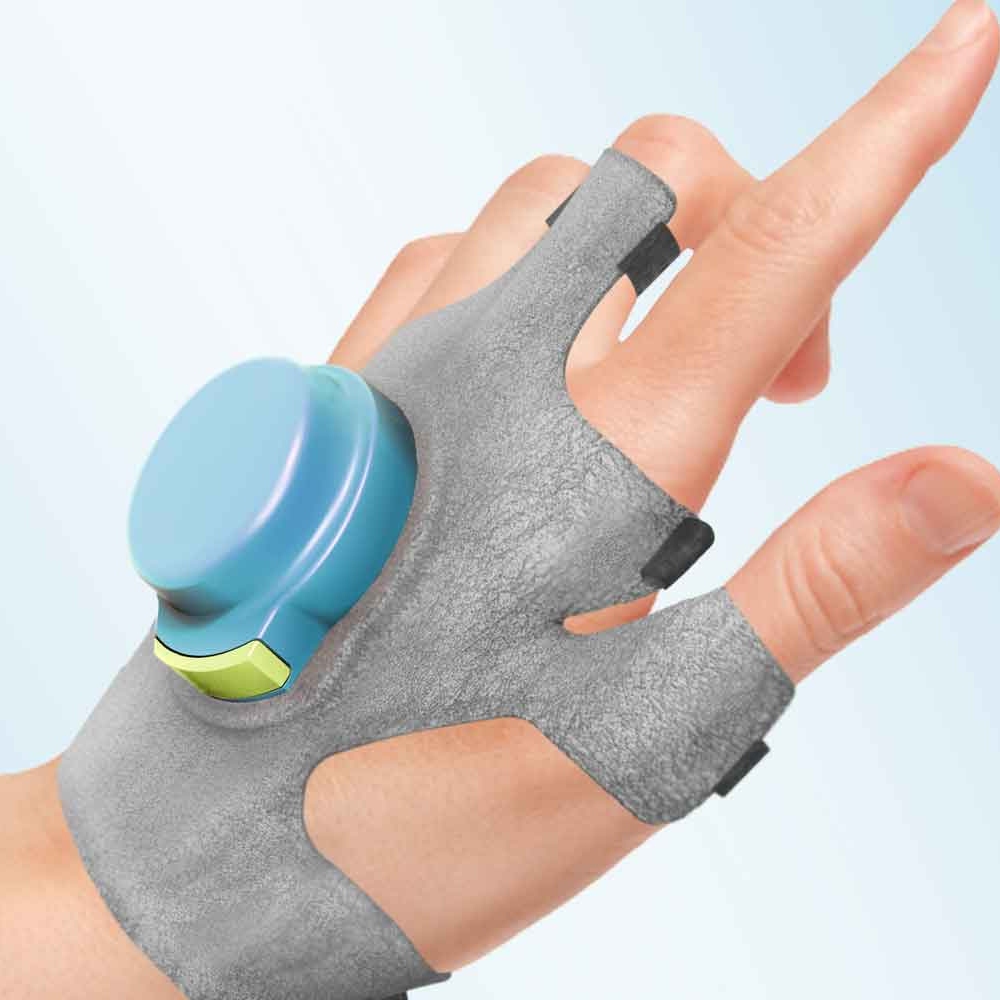
Being diagnosed with Parkinson’s disease can come as a shock, especially if it happens to you in your prime working years. However, that’s not the end of the line for you; thankfully, there are ways to manage Parkinson’s disease at home and still continue living life to the fullest. Here are seven ways experts like Joon Faii Ong recommend trying:
1) Seek Treatment
First and foremost, you need to seek professional treatment. While taking these steps by yourself can help manage Parkinson’s disease at home, getting the proper medications and therapy from a professional is your best bet in managing the disorder effectively. If you live with other individuals who also have Parkinson’s, such as a spouse or family member, encourage them to seek treatment as well.
2) Avoid Smoking
Secondhand smoke from cigarettes has been proven to worsen Parkinson’s symptoms, while smoking can make matters even worse. You should also avoid exposure to secondhand smoke if possible, especially during the earlier stages of the disorder when there’s a greater chance for recovery. Once you determine your tolerance level and receive a proper diagnosis from a professional, you can see if quitting smoking altogether is an option for you.
3) Get Plenty of Exercise
Another important factor to managing Parkinson’s disease at home is exercise. In fact, studies have shown that participating in regular cardiovascular exercises several times per week – despite your age and condition – can actually help reduce the risk of developing Parkinson’s or delaying its onset for several years. Start with simple walking exercises to build your tolerance level, then gradually increase to jogging and other activities that get your heart rate up.
4) Get Plenty of Rest
Although exercise is important, so is getting plenty of rest in terms of managing Parkinson’s disease at home. Since this condition can disrupt your sleep schedule at times, you’ll need to work on establishing a natural and effective bedtime routine. Your bedroom should be reserved for sleeping purposes only to avoid distractions from the disorder at night, such as disruptions with mobility and talking.
5) Maintain a Balanced Diet
Eating well is an important part of managing Parkinson’s disease at home, especially since you’ll need to maintain a healthy diet in order to be able to continue doing physical activities. Ensure you eat plenty of fruits, vegetables, and proteins while avoiding excessive sodium intake due to its side effects.
6) Try Stress Relief Techniques
Stress is another factor that can affect your overall performance with Parkinson’s disease, whether you’re at work or at home. It can disrupt your sleep schedule, mobility, and overall health – making it harder for you to manage the disorder on a daily basis. Consider practicing meditation or taking up an art such as painting to relieve yourself of stress and help you stay focused.
7) Be Open About Your Condition
Last but not least, you should always keep your family and friends in the loop when it comes to Parkinson’s disease. Let them know what to do if you suddenly start having Parkinson’s symptoms during a social gathering or whenever they’re around you. This way, they’ll be able to help you manage the disorder accordingly without putting an unnecessary strain on yourself.





